An adventure for PCs based in London, possibly working for the Phantasmological Society.
Frank Bell left the Blue Boar pub around three in the morning. He’d just been named Senior Wrangler and his friends had insisted on taking him out to celebrate. The gates of Trinity College, Cambridge, close at ten, but every student knows you can get back in by climbing up a drainpipe.
He was one of the most promising young mathematicians of his age. His body was found the next morning by a don out for a dawn stroll, on the grass of the Great Court. There wasn’t a mark on him. Which made it strange that his spleen, his liver, his left lung and most of his intestines were all missing.
This happened a few days ago. A bald man with “a wild look in his eyes” according to eyewitnesses, has been poking around the campus, asking questions. He has no permission to be on Trinity grounds and the bulldogs - special constables in top hats - are under orders to expel him on site.
Solomon, king of Israel in the tenth century BC, was the first man to discover that stellated polygons could be used to control demons. His signet ring was inscribed with a pentagram and he had legions of infernal entities at his command.
Johannes Kepler, in the 1600s, began to experiment with stellated polyhedrons. Isaac Newton, building on his work in Harmonices Mundi, constructed a summoning sphere in three dimensions. A brass armillary sphere containing a great icosahedron, inscribed with the names of angels and mystic formula in the Transitus Fluvii occult alphabet.
Christopher Wren, who like Newton was a member of Robert Boyle’s Invisible College, constructed a secret chamber underneath the Wren Library at Trinity to house Newton’s devil engine. The carvings on the walls are loosely based on those at the nearby Templar demon-worship site of Royston Cave.
Some time in the 1690s, Newton was successful in summoning Asmodeus.
The head of a cartoon devil, a Mephistopheles. Skull cap, goatee, tiny horns. About twice the size of your head. Floating in the hollow sphere. Witty, urbane, theatrical, slightly gay. HA HA HA HA HA! FOOLS! Hams it up, lets you in on the joke. Knows all sorts of magical secrets. Committed to the destruction of humanity and the reinstatement of the Horned King as the natural ruler of the world.
Asmodeus, working through Newton, founded a secret society. The Disciples.
To the public, no more than a well-regarded drinking club and discussion group. Its members are selected from the brightest and most promising Cambridge undergrads. They have a strong tendency to find their way, in later life, into positions of extreme social and political importance.
Each Sunday they meet in the Spiritual Chamber to chat with Asmodeus. He’s great to talk to. A master of moral philosophy. He uses reason and logic to persuade new recruits that utter devotion to the Horned King is really the only defensible intellectual position.
Frank Bell was a Disciple. So are all his friends.
Sridharan Rangachari, known as Ringo to his Western friends, was born in a small town in Tamil Nadu. His father was a shop clerk and three of his brothers died of smallpox before their first birthdays.
As a boy he sang in temples to the goddess Namagiri. At age eight he encountered, for the first time, the concept of mathematics. By age thirteen he had independently discovered most of the foundations of modern number theory and was terrifying all his classmates.
He got a scholarship to Government Arts College, was totally unable to function in any subject other than maths, and dropped out. He spent years in poverty, living in huts. Finally he showed his notebooks to a tax collector, who wrote a letter to a friend at the Indian Mathematical Society.
Some years later, E. G. Godfrey, the current holder of the Lucasian Chair of Mathematics, got a letter from India in the post. At first he thought it was a prank. Then he got out of bed at three in the morning and made a hasty phone call to Bombay. A few months later he picked Ringo up from the London docks and drove him straight to Cambridge, where they immediately started work on a whole new system for calculating pi.
Godfrey is a former Disciple, and devout worshipper of the Horned King.
He had a word with Bell. Bell invited Ringo to join the Disciples, and introduced him to Asmodeus, who spoke to him of power and the natural right of the strong to rule the weak. Ringo barely listened to a word of it. He was looking at the sphere, and thinking of what the next step had to be.
An icosahedron is the three-dimensional equivalent of a pentagon. They’re in the same Coxeter group, which, don’t worry about it, I don’t know what that is either. But look straight at the corner of a d20, and you will see a pentagon.
A great icosahedron is the three-dimensional equivalent of a pentagram. Look it up. It’s pentagrams all over.
A regular shape in four dimensions is called a polychoron. A tesseract is the 4D equivalent of a cube, which is the 3D equivalent of a square.
The 600-cell is the 4D equivalent of an icosahedron. It’s also known as the hexacosichoron, polytetrahedron, or tetraplex.
The grand tetraplex is the 4D equivalent of the great icosahedron, and the pentagram.
In Frank Bell’s room, in the South Range of the Great Court, there is a locked sea chest. Inside the sea chest, chalked on the wood, there’s a pentagram. Inside the pentagram is an imp, named Pyewacket, who has the power to grant extremely small and unimportant wishes. He hasn’t been fed (on milk and blood) in days. He can’t get out unless you let him out and then he will cause mischief.
Most of the Disciples have an imp or two about. Peck-in-the-Crown, Greedigut, Vinegar Tom. The spell is easy to learn and if you’re polite Asmodeus will teach you.
Ernest Rutherford, director of the Cavendish Laboratory, and real guy, does not hand out free lab space to just anyone. He has atomic nuclei to split and the lab is overcrowded as it is. He is from New Zealand and was never a Disciple, but he liked and trusted Bell.
Bell asked him to get Ringo lab space. Rutherford set aside a small storeroom, in the tower on the third floor, and went back to inventing the particle accelerator with his students Walton and Cockcroft. He has no idea what Ringo’s doing up there. He does wonder why small items of lab equipment keep disappearing, though.
The door of Ringo’s lab is locked. Inside are a whole bunch of tetrahedrons, made from glass tubes full of electronics. Many are shattered. They’re designed to magnetically clip together. Ringo had summoned a couple of imps, equipped them with silver tongs, and got them to assemble the grand tetraplex in four dimensions.
In Ringo’s rooms at Whewell Court you’ll find a whole bunch of occult literature. The Lesser Key of Solomon. The Sworn Book of Honorius, who was said to be Euclid’s son. Dee’s Mysteriorum Libri Quinque. You’ll also find Max Brückner’s Vielecke und Vielflache, Ouspensky’s Tertium Organum and Hinton’s A New Era Of Thought.
He was corresponding with the ghost detective Thomas Carnacki, asking about the design for his electric pentacle, which Carnacki was happy to share. Stellation diagrams and variations on the Sigillum Dei have been drawn all over the walls. In fact, you’ll find them graffitied all around Cambridge, if you look.
The grand tetraplex couldn’t last for more than a millisecond in our world. It collapsed. But not before it had caught something.
Creatures like Asmodeus and the imps are designed to interface with us. The reason you write angel names and Enochian formulas on your summoning circles is not just to control them, but also so you know what you’re getting.
Ringo was only interested in the maths. He didn’t handle the occult part well. So what he summoned was not designed for us. It’s completely alien to the human realm.
But it likes it here. It doesn’t want to go back.
So it’s tracking down all the people who might know anything about occult mathematics, and killing them. Bell was first. His Disciple friends are next. Godfrey should be also on the list.
It is called the Hound.
There’s only one of it, but we see five bodies. Like a pack. Imagine sticking your fingers into the two-dimensional Flatland plane. The Flatlanders only see the cross-section, growing and shrinking inexplicably. You can see inside their skin, stick your fingers in their guts and poke out their hearts.
It can’t and won’t leave our plane entirely, but it can remove individual bodies. Sleek prawn-barracuda-greyhound heads padding around on bony limb clusters, more digits sprouting, mouths splitting open down the sides. Walls don’t stop it. The body shrinks, vanishes, blooms from thin air on the other side.
It’s not fast though. It crawls. And the bodies can’t get too far apart from each other, any more than your fingers can.
You are sitting in a furnished room talking to a student of divinity when he screams, clutches his gut. You open the door, see a silvery figure loping away down the corridor with something reddish-purple and floppy in its mouth. He needed that. He won’t survive.
You can expel the Hound. Reconstruct the grand tetraplex with the aid of a few imps. They can move in 4D, though they find it confusing and will complain. Bribe them with blood. Use a banishing ritual from one of the grimoires. The Golden Dawn’s Lesser Ritual of the Pentagram would be a good place to start.
Once it’s gone it won’t be able to find its way back to our world.
However, it knows you’re trying to do this. The ritual will take about twenty minutes and the Hound will sense the vibrations in the aether. You will have to distract it. Certain magic signs will drive it back, stop it plunging its jaws into your interior cavities, but nothing can prevent it from biting your hand off in 3D.
And it really does like it here. It’s having fun.
Who was in the pub with Bell that night?
Julian Blackburn. Poet, historian and ardent Communist. Kept trying to rope Ringo into discussions about imperialist exploitation. “It’s so dreadful what we’re doing to all the little brown chaps, don’t you know.” Flamboyant, romantic, wants to be a pirate when he grows up. Long swishy hair, owns a sword.
Maxwell Clamp. Economist and moral philosopher. Believes in the greatest good for the greatest possible number and that devil worship will achieve this goal. Pedantically second-guesses everything you say. Wire glasses. Holds you account for all the little African babies whose lives you aren’t currently saving.
Roger Tatlock. Classicist and art critic. Thinks that the Great Pyramid and a wadded-up ball of paper represent the beginning and end of all human accomplishment. Draws obscene caricatures of everyone he meets. Asks a lot of personal questions about your deepest needs and desires. Strong. Blond. Plays with clay.
E. G. Godfrey. Ardent pacifist. Believes that the only human activity worth pursuing is one which has no use of any kind. Interested in the study of large prime numbers and the theory of relativity. Deeply absent-minded. Jokes constantly about how he’s going to kill himself in five years, when all his talent is used up.
Lazlo Denmark. Bolshevik spy and recruiter. Works undercover as an optics researcher in the Cavendish. Balding, harried, unplaceable accent. Drinks sherry with Blackburn in the afternoons and talks about the new Soviet civilisation. Not a Disciple and has no clue magic exists.
As you keep poking around you will come across the wild-eyed bald man, being chased off campus by the porters, or trying and dramatically failing to chat up the staff in the Blue Boar.
He’s obsequious to social superiors, enormously rude to plebs, tries to shock you with pointless obscene stories and constantly offers terrible advice, based on stories from his past that very clearly are not true.
He claims to be an ex-Disciple, hired by Godfrey to investigate Bell’s death. This is a lie. He did attend Trinity, years ago, but could never get anywhere near the Disciples or work out what was going on with them.
He’s here for the same reason you are - he’s curious about occult shit and read about Bell in the paper. He will try to insert himself into your investigation at every opportunity, and claim all the credit for himself. Which might be good if you want someone to fix the Hound’s attention on.
He is the least magical man in the world and it’s an iron-clad rule of the game that he will never be able to master even the most trivial spell.
His name is Aleister Crowley, a.k.a. the Great Beast. And he will not go away.
The Disciples are the Apostles. Ringo is of course Ramanujan, Godfrey is Hardy, Bell is Frank Ramsay. Rutherford is Rutherford and Crowley is Crowley. Sometimes it’s best to use the real guy and sometimes you need a fake one.
The Hound is derived from a Goblin Punch post on 4d monsters. Thank you Arnold for your splendid work. All the stuff about using real biology and other science concepts for D&D is very relevant to what I’m trying to do here.
Hound art is by Mike Franchina. Polyhedron models are from Brückner, who I mentioned before.
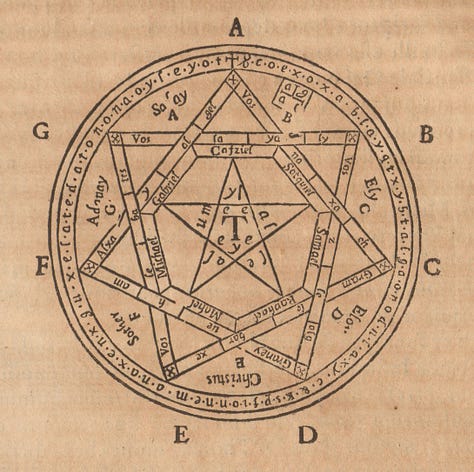
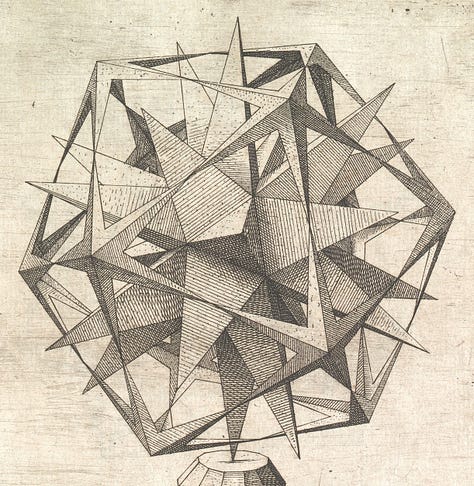
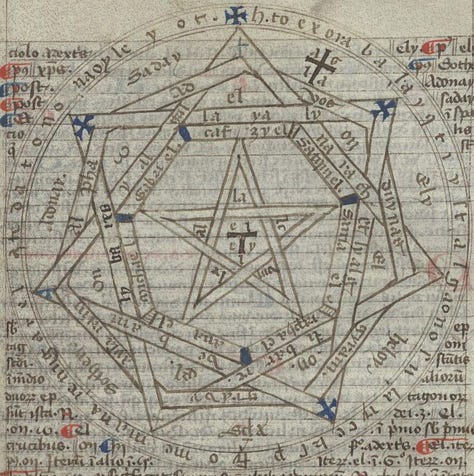



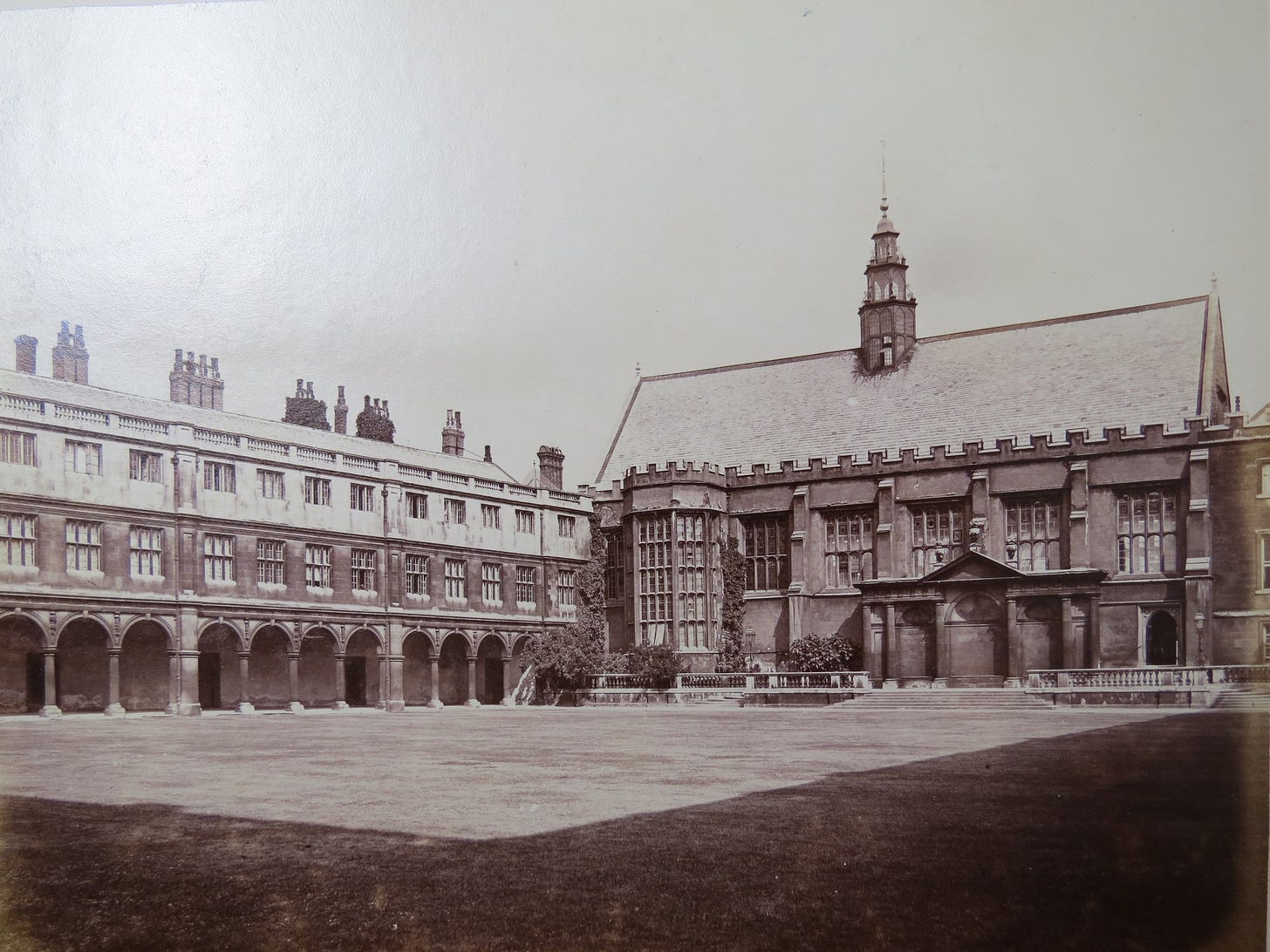
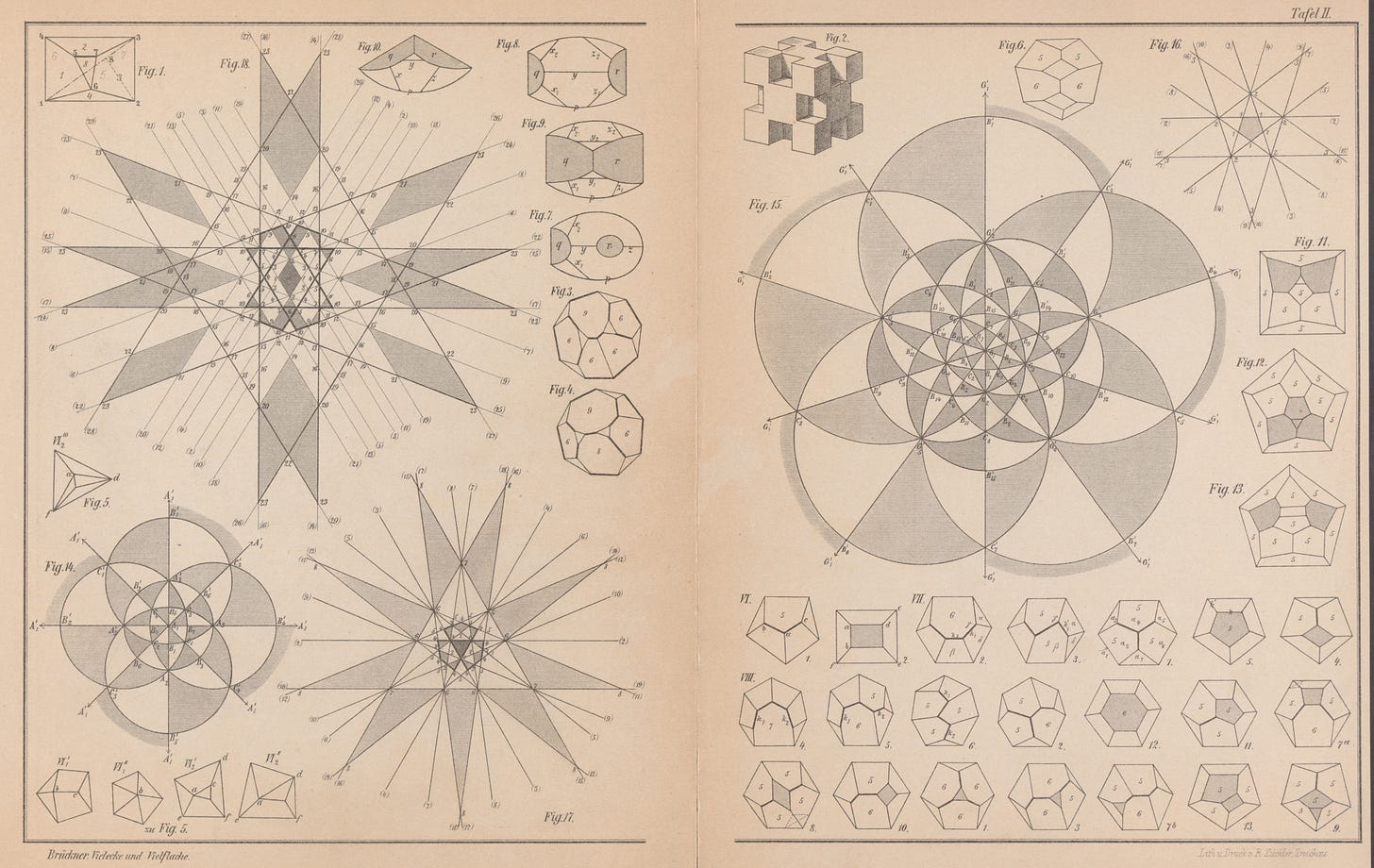
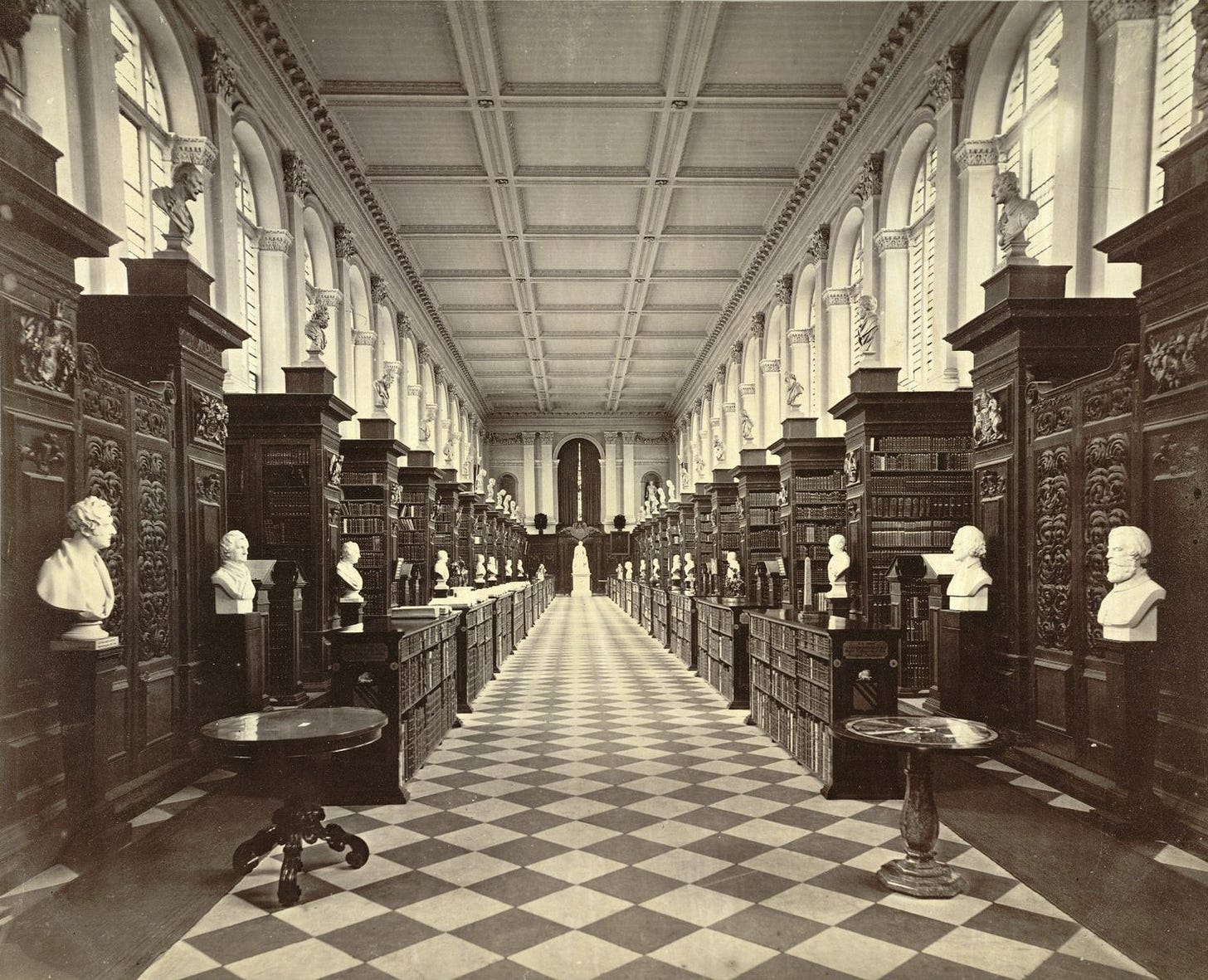
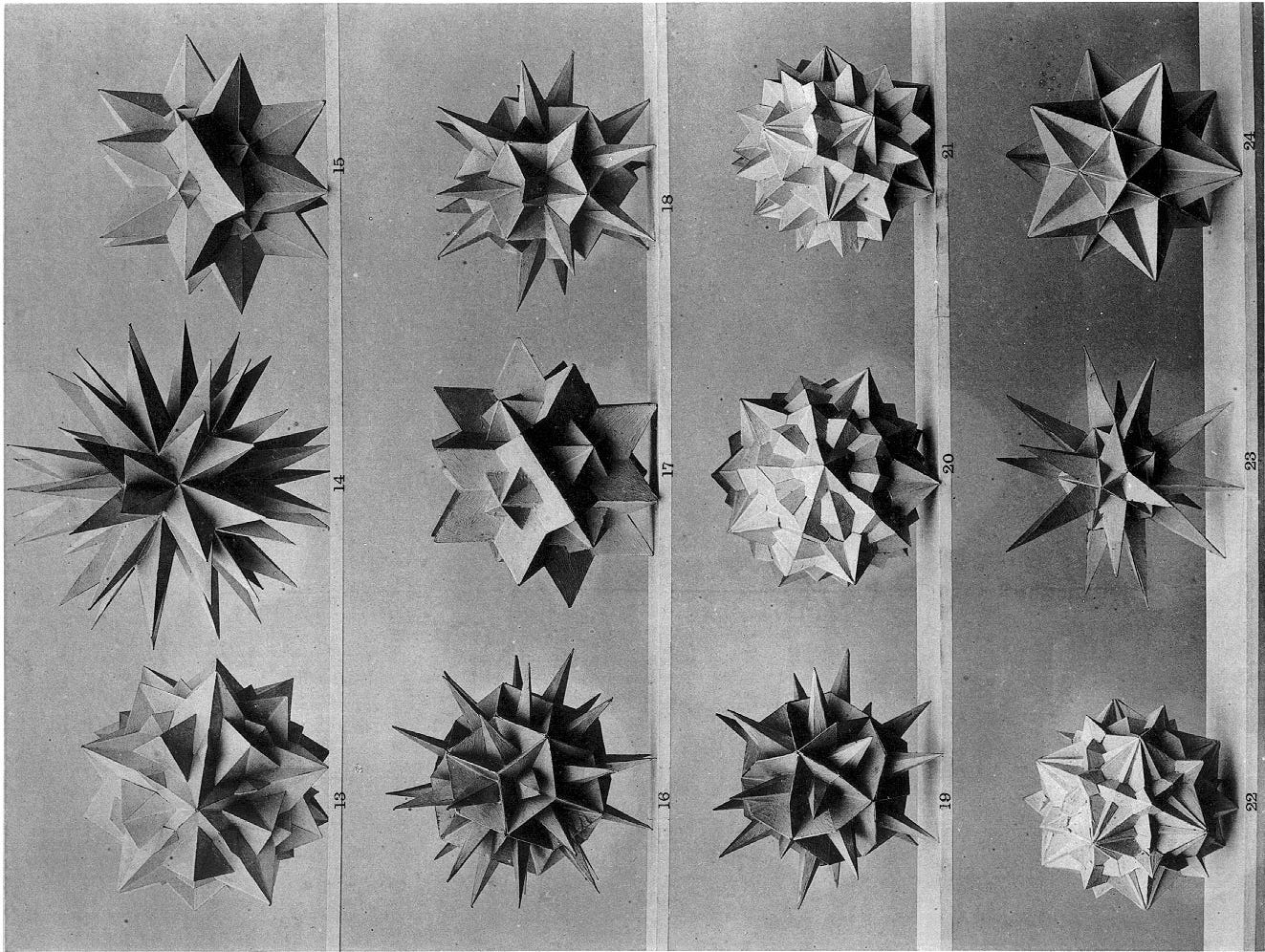
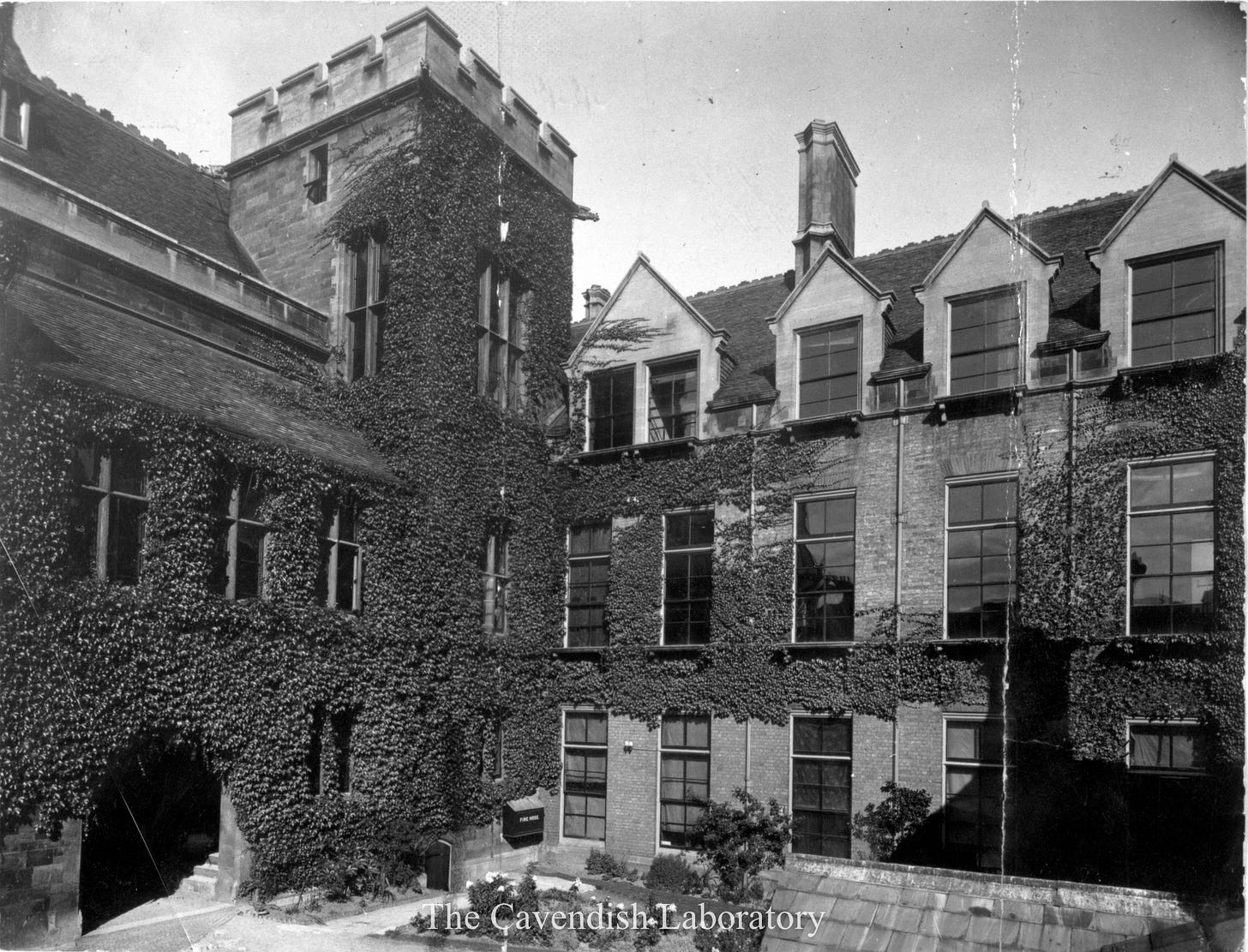
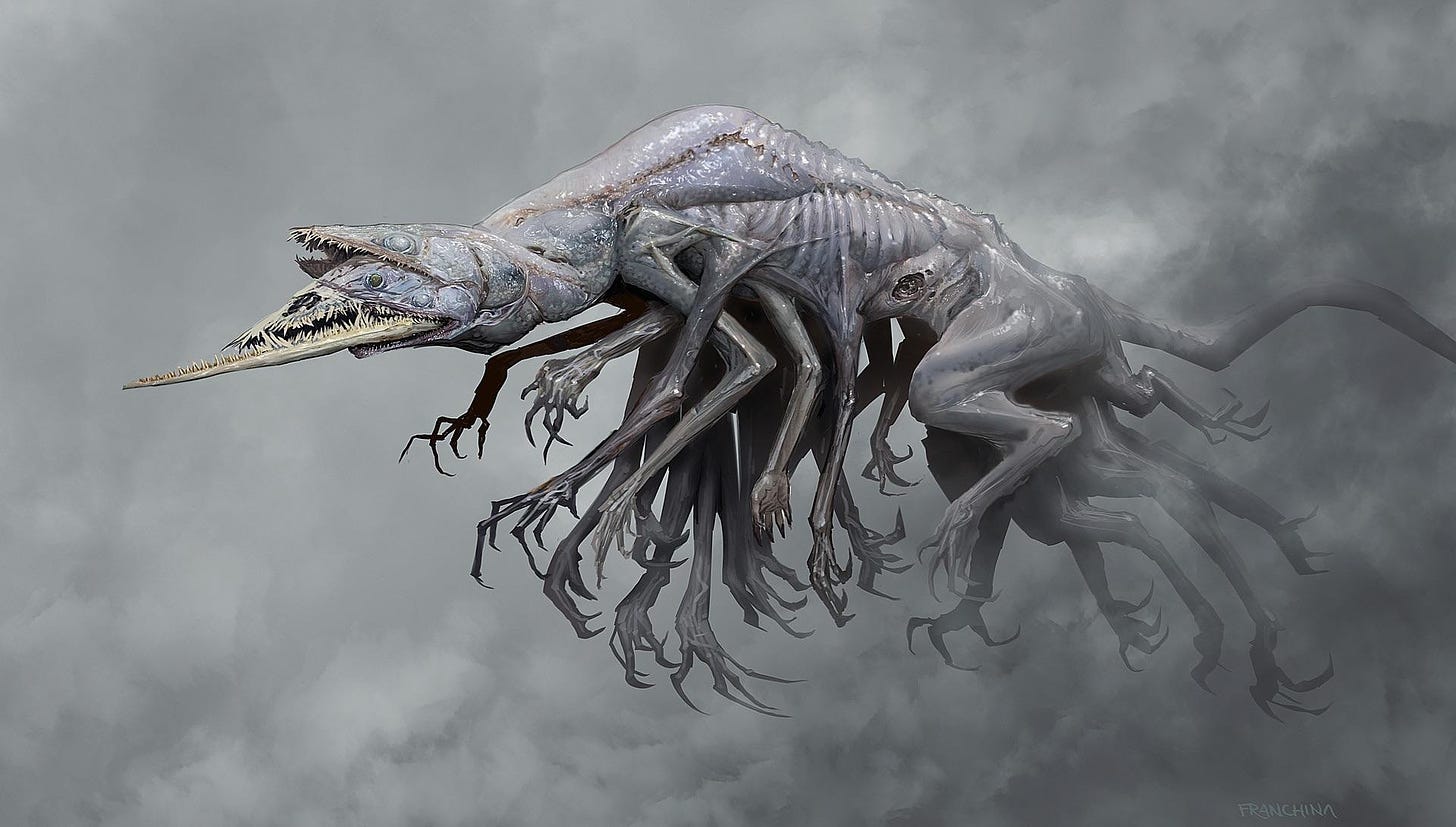
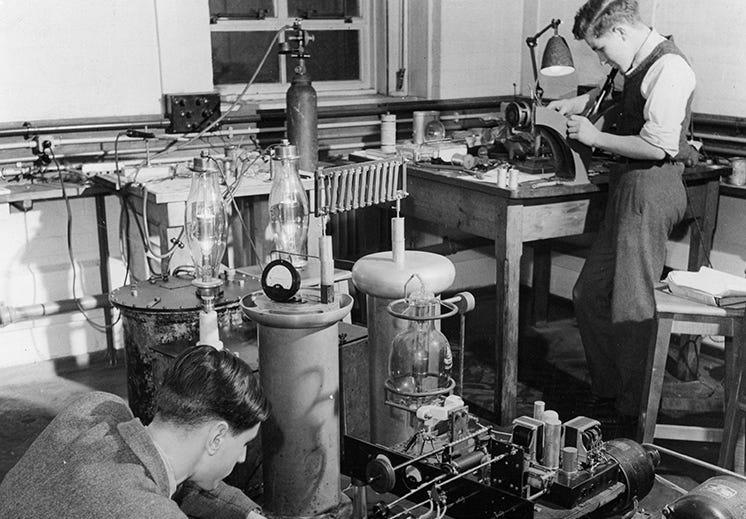
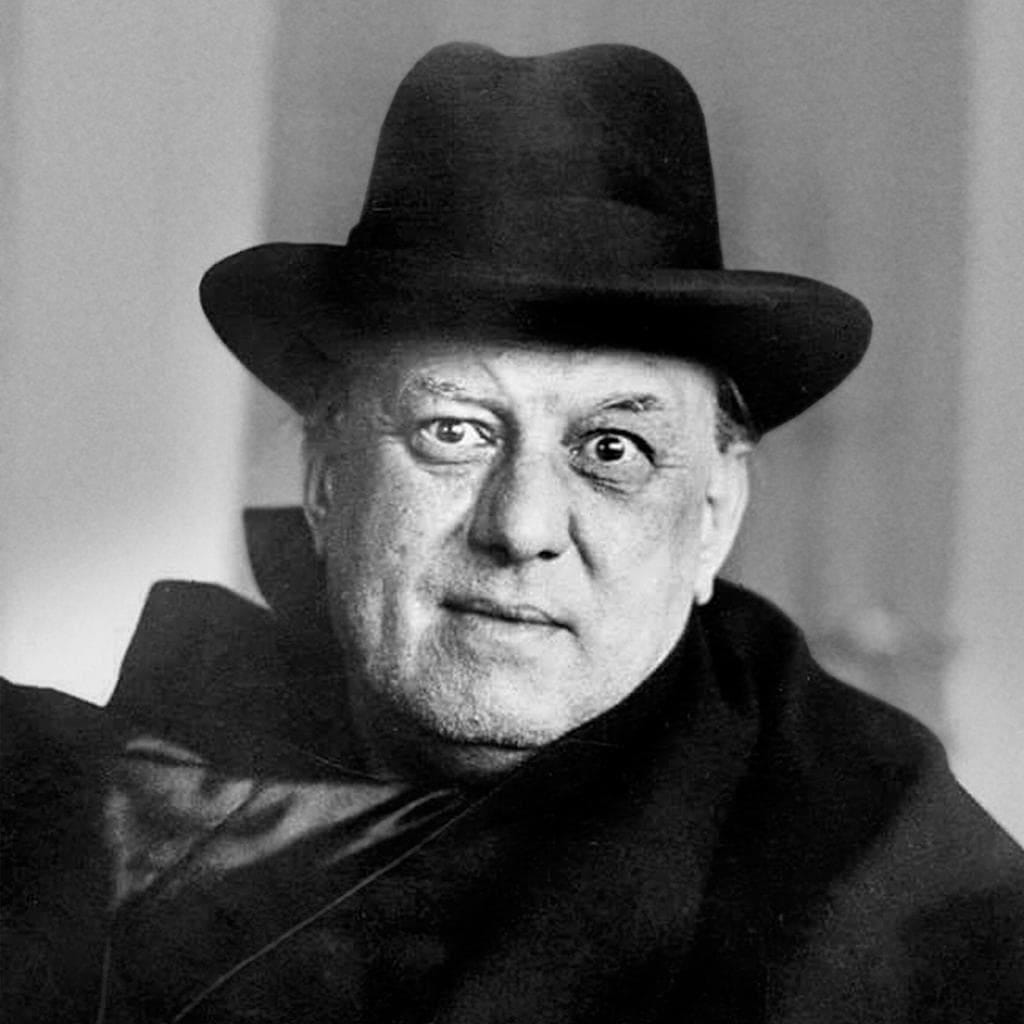
I just read up on who Crowley was. Then I laughed out loud at your description of him in this text. Sometimes history flushes the loons to the top for some reason (my prime example for that in the German language area would be Klaus Kinski who was lauded as some sort of genius but to me just seems to be a psycho that someone let onto a theater stage).
Should be noted here that 4d is the last dimension in which the icosahedron-analogue is a Platonic solid--after that, space becomes too complex for most symmetry groups and only the analogues of the cube, tetrahedron, and octahedron can maintain the number of symmetries necessary. What that means from an occult perspective is currently unclear.